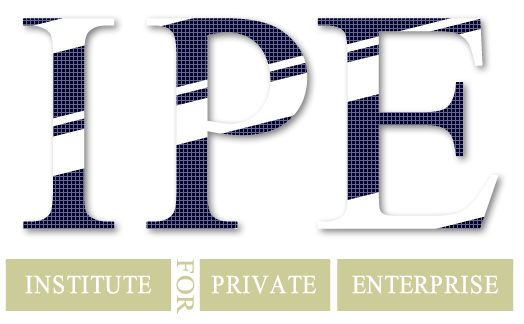The Budget Outlook after the PEFO
As expected, today’s publication by Treasury and Finance of updated fiscal and economic estimates and projections – the so called PEFO published under the Charter Of Budget Honesty – do not show any significant change since the Budget of 3 May. I have include the most important sections of PEFO here.
But that is not the end of the matter. As pointed out in my recent Commentaries, there is an important question as to whether voters will have an authoritative assessment publicly available of the budgetary outlook after a further six weeks of electioneering and whether that will include an assessment of what Labor’s budget would look like, as well of course as any additional spending by the Coalition. A report in today’s Australian (see Uren on Budget Outlook under Labor) suggests that, “on the strength of policies announced so far and the measures it has blocked in the Senate” it will have a budget shortfall of at least $8 billion (Treasurer Morrison claims it is much higher). And as Uren suggests that does not allow for any new spending initiatives foreshadowed on hospitals and the NBN. Labor is also saying that it has 100 positive policies and Uren says it has so far announced only 65. I can only repeat that it is in the public interest for both major parties to ask Treasury/Finance to publish their assessment of both major parties’ budget positions closer to the election.
Further, while the economic and budget figures are virtually the same as in the Budget, some new perceptions and emphasises have emerged and these are referred to below.
Thus the initial Statement in PEFO by the heads of the two departments is of considerable interest because those heads had the opportunity with PEFO to speak direct to the public. Note in particular their statement that:
- The medium projections of GDP growth (basically 3% per annum after 2.5% pa in 2016-17) depend on productivity growth equal to the average of recent decades. But “continued economic reform would be required in order to achieve this growth. Even if this rate of productivity growth were attained, living standards will rise more slowly than over recent decades”. In short, more economic reforms are needed to improve productivity, such as increased competition in the labour market and between companies;
- Also, that “without considerable effort to reduce spending growth, it will not be possible to run underlying cash surpluses without receipts rising above 23.9 per cent of GDP” (the budget estimate for the current year). In fact, as I have already pointed out (but which I have not seen in the media) the overall burden of taxation is forecast to increase in the next two years and is projected to increase further in the final two years of the forward estimates. But what the two heads are saying is that even if spending were to be reduced to the long term average of 24.9% of GDP (it is estimated to be 25.8% in 2016-17), “tax receipts would still need to rise to around 24.2% of GDP, well above the average of the past 30 years”.
- Although Australia has a relatively strong fiscal position, “Commonwealth debt levels are projected to reach historical highs, both on a gross and net basis”. This exposes us to external shocks. “It is crucial” to maintain our top credit rating.
The other perception which has emerged is the brilliant analysis below by John Stone to be published tomorrow in Spectator Australia. In a sense this article speaks for itself but I have highlighted some choice bits. It suggests that, despite the dreadful policy announcements being made by Labor, unless Turnbull starts to foreshadow changes to toughen up the Budget, the Coalition will find it difficult to win the election. Turnbull’s continued claims about the “economic plan” being in the budget is ceasing to attract interest and is allowing Shorten to take advantage of the usual favourite treatment being given to him in the media/ABC.
The Coalition’s survival may depend on it indicating that it not only gives no credibility to Labor’s proposals but regards them as fiscally irresponsible and that it made it realise that there will have to have a mini-budget after the election which will start a program of reducing spending by at least 2% of GDP over the next three years. Should the soon to be published Newspoll show a similar result to the Roy Morgan Poll (52.5 TO 47.5 TPP), what may seem to be such a radical proposal will be essential to survival.









